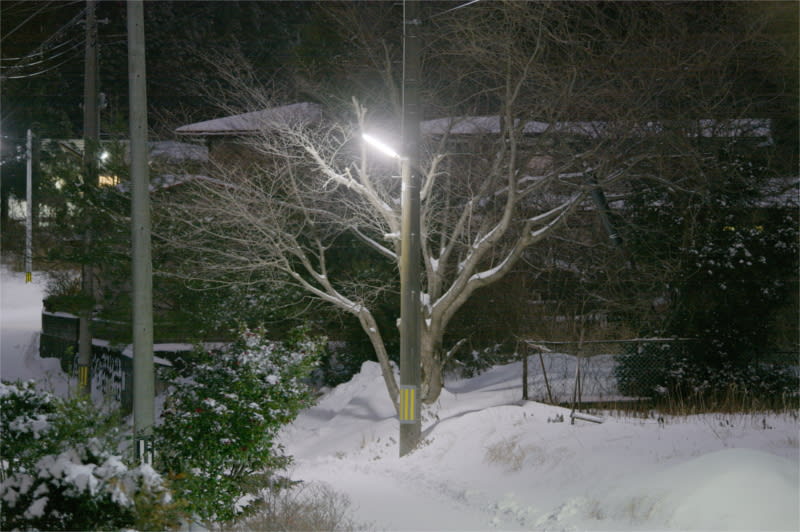

Most of your images seem to be in the 1 to 3 total hour accumulation range. I looked at some of your images and see you are using a non-cooled un-modified Canon 3Ti on and iOptron Sky Guider.

But I would like to be more general in my response. Your question was addressed to when to apply noise reduction and you got a lot of responses to that question. The main PS tool is Filters-Noise - Reduce Noise. Hi mark, I also use Photoshop ( v5) for my post processing. I've been approximating SCNR with Star Colour Calibration & by reducing green saturation in Photoshop using the Camera Raw filter. Opening a FITS file in APP which it didn't generate itself, or which was edited in another app, produces a black image which cannot be stretched. If we are being application-specific, I do have Siril, which I used before getting APP, but I find I can't shift FITS files between the two, so Photometric Colour Calibration & SCNR is off the plate at least until I get that figured out. I just finished reading the post-processing chapter in Michael Covington's Digital SLR Astrophotography, and he claims that it doesn't make much difference to reduce noise in linear before gamma-corrected, but I'm sensing from your responses that it helps to get it in, at least minimally, early on in post-processing and I'm inclined to agree. I guess what I was wondering was more theoretical and less application-specific. I'm renting Astro Pixel Processor, which currently doesn't have any NR functionality. Thanks for all the responses! I should have added, I'm not using PixInsight, so all the PI-specific workflows are a bit outside the realm of possibility for me right now.
#Retinex rawtherapee trial
Usually with Pixinsight I do only SCNR at some point that I determine by trial and error, followed by Astrophoto Denoise when the image has been brought into Darktable. > Darktable's Astrophoto Denoise reigns supreme, but obviously it is applied at the very last stage, after the integrated image has been stretched exported from PixInsight as a 16 or 32-bit TIF. > I find that ACDNR works better after the image has been stretched, but you have to raise the star protection thresholds because the defaults are for linear images where star brightness begins at 5%. But I haven't been using any of those two for years. MultiscaleMedianTransform works on linear and non-linear. > MultiscaleLinearTransform works on a linear image. I guess it depends on the amount of excess green. Sometimes it is even needed before any kind of color calibration. Sometimes it works better if you apply it before stretching, sometimes afterwards. If I do a standard calibrated workflow: But the subs become less "integratable" (not sure that's a word, ). Mind you, if you are just curious you can actually extract a crazy amount of signal from the sub using other tools in Rawtherapee e.g. If I have DSLR images and I do the nonlinear workflow, then applying a modest denoising with Rawtherapee even before the individual subs have been stretched is a must. I find that it depends on the noise reduction algorithm and your workflow.


 0 kommentar(er)
0 kommentar(er)
